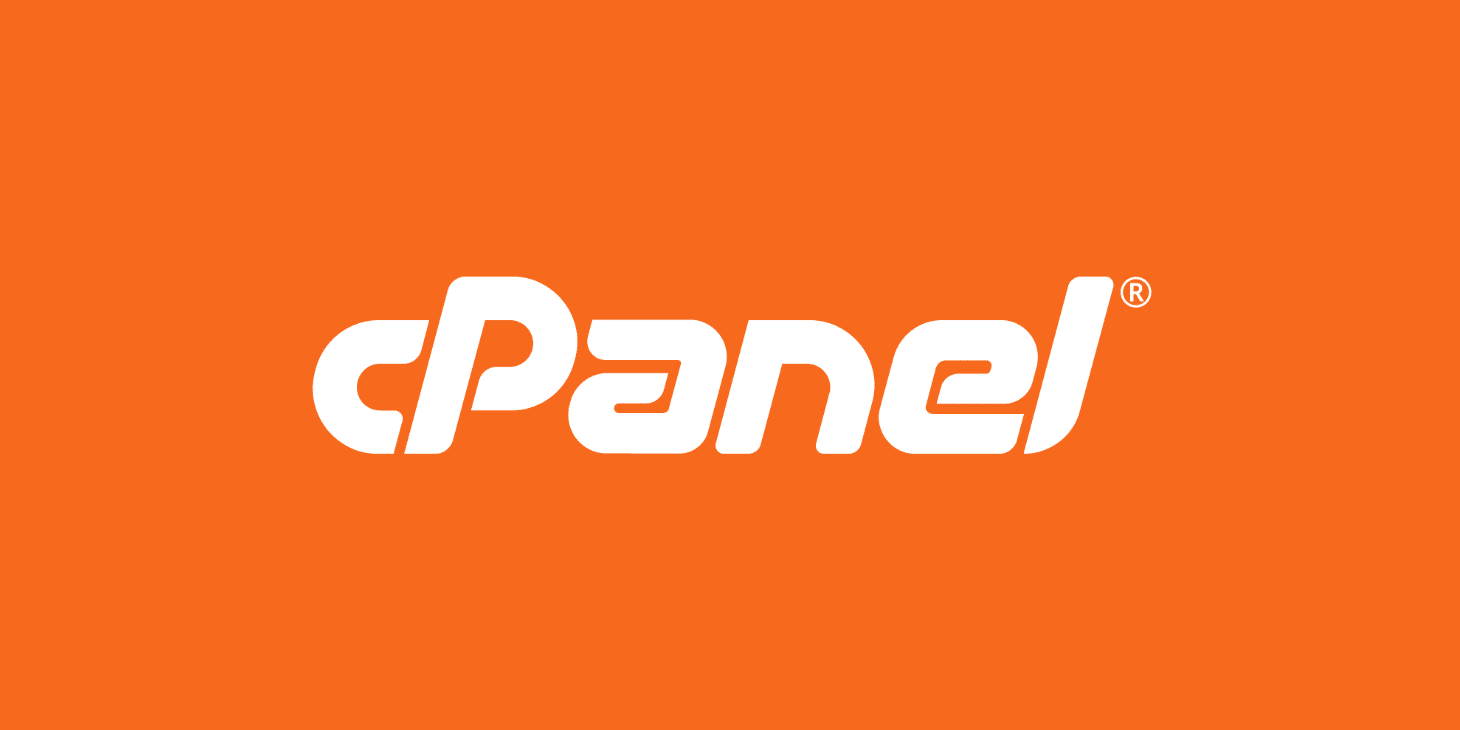If you own a website, chances are you’re using cPanel as your control panel. This powerful set of tools makes managing various aspects of your hosting, including setting up email accounts, a breeze. In this blog, I’ll guide you through the process of accessing your email using cPanel configuration and the provided port information.
Step 1: Log in to your cPanel Account
- Access cPanel: Open your web browser and enter your cPanel URL. Typically, it looks like this:
http://yourdomain.com/cpanelorhttps://yourdomain.com:2083(replace “yourdomain.com” with your actual domain). - Sign in: Enter your username and password to log in to your cPanel account.
Step 2: Find the Email Section
- Locate the “Email” Icon: Within your cPanel account, look for the “Email” or “Email Accounts” icon. Click on it.
- Create an Email Account: If you haven’t set up an email account yet, create one by providing the necessary information (username, password, etc.).
Step 3: Get Email Configuration Details
- Find the Email Account: Locate the email account you want to set up and click on “Configure Mail Client” or “Configure email client.”
- Retrieve Account Information: Here, you’ll find essential information such as the username, mail server address (usually something like
mail.yourdomain.com), security type (SSL/TLS), and ports.
Step 4: Configure Your Email Client
- Open Your Email Client: Use applications like Outlook, Thunderbird, or your operating system’s default mail app.
- Add a New Account: Look for the option to add a new email account and fill in the details provided by cPanel.
- Enter Configuration Details: Input the username, server address, select the security type, and port as per the information provided.
- Complete Setup: Follow the steps in the setup wizard to finish configuring the account.
Step 5: You’re Done!
Congratulations! You should now be able to access your email using your preferred email client. Test sending and receiving emails to ensure everything is set up correctly.
Keep in mind that this guide is general and may vary depending on your hosting service provider. If you encounter any issues, refer to your provider’s specific documentation or reach out to their support team.
We hope this guide was helpful in accessing your email with cPanel! If you have any questions, feel free to leave a comment.


